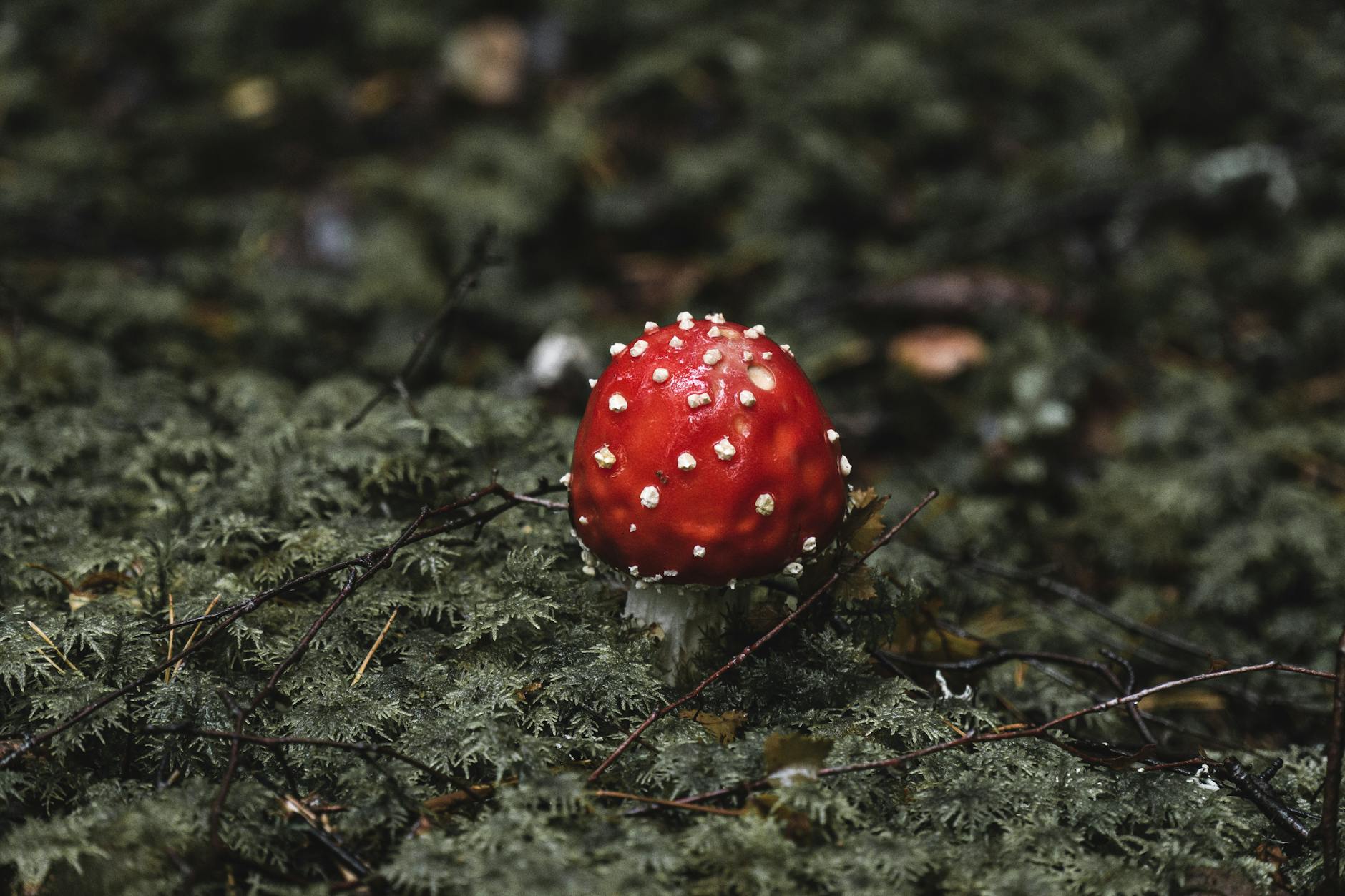Exploring the Dangers of Mushroom Poisoning
Mushrooms are widely celebrated for their culinary delights and medicinal properties. However, lurking beneath their appealing exterior lies the potential for danger – deadly fungi. While many mushrooms are safe to consume and offer numerous health benefits, there are specific varieties that can be toxic and even fatal if ingested. Understanding the risks associated with mushroom poisoning is crucial for safe foraging and consumption practices.
Identifying Toxic Mushrooms
The complexity of mushroom identification can be a daunting task for the untrained eye. Toxic mushrooms can closely resemble safe varieties, making it challenging for novices to differentiate between the two. It is essential to be familiar with the distinguishing characteristics of poisonous mushrooms, such as color, cap shape, gill structure, stem texture, and any presence of a ring or volva.
Symptoms of Mushroom Poisoning
Ingesting toxic mushrooms can lead to a range of symptoms, varying in severity depending on the type of toxin consumed. Common symptoms of mushroom poisoning include nausea, vomiting, abdominal pain, diarrhea, hallucinations, and organ failure. In severe cases, ingestion of toxic mushrooms can result in coma or death. Prompt recognition and treatment of mushroom poisoning are critical for a successful outcome.
Types of Poisonous Mushrooms
There are several categories of toxic mushrooms, each containing different toxins that affect the body in various ways. Amanita phalloides, also known as the Death Cap mushroom, is one of the most lethal species and accounts for the majority of fatal mushroom poisonings worldwide. Other poisonous mushrooms include the Destroying Angel, Gyromitra species, and the Deadly Webcap. It is crucial to steer clear of these toxic varieties to avoid the risk of poisoning.
Preventing Mushroom Poisoning
To reduce the risk of mushroom poisoning, it is advisable to adhere to the following safety guidelines:
1. Consult an Expert: Seek guidance from experienced foragers or mycologists when identifying wild mushrooms.
2. Avoid Risky Varieties: Refrain from consuming mushrooms that you are uncertain about or that closely resemble poisonous species.
3. Proper Preparation: Always cook mushrooms thoroughly before consumption to deactivate any toxins present.
4. Teach Children: Educate children about the potential dangers of wild mushrooms and discourage them from foraging without supervision.
Treatment for Mushroom Poisoning
In the event of suspected mushroom poisoning, seek immediate medical assistance. Treatment for mushroom poisoning may involve induced vomiting, activated charcoal administration, intravenous fluids, and supportive care to manage symptoms and prevent further complications. Early intervention is crucial for a positive prognosis in cases of mushroom poisoning.
Conclusion
While mushrooms offer a myriad of benefits, the risks associated with mushroom poisoning should not be underestimated. By familiarizing yourself with toxic mushroom varieties, practicing caution when foraging, and seeking professional guidance, you can mitigate the dangers of mushroom poisoning. Remember, when it comes to wild mushrooms, “when in doubt, throw it out.” Stay informed, stay safe, and enjoy the world of mushrooms responsibly.


